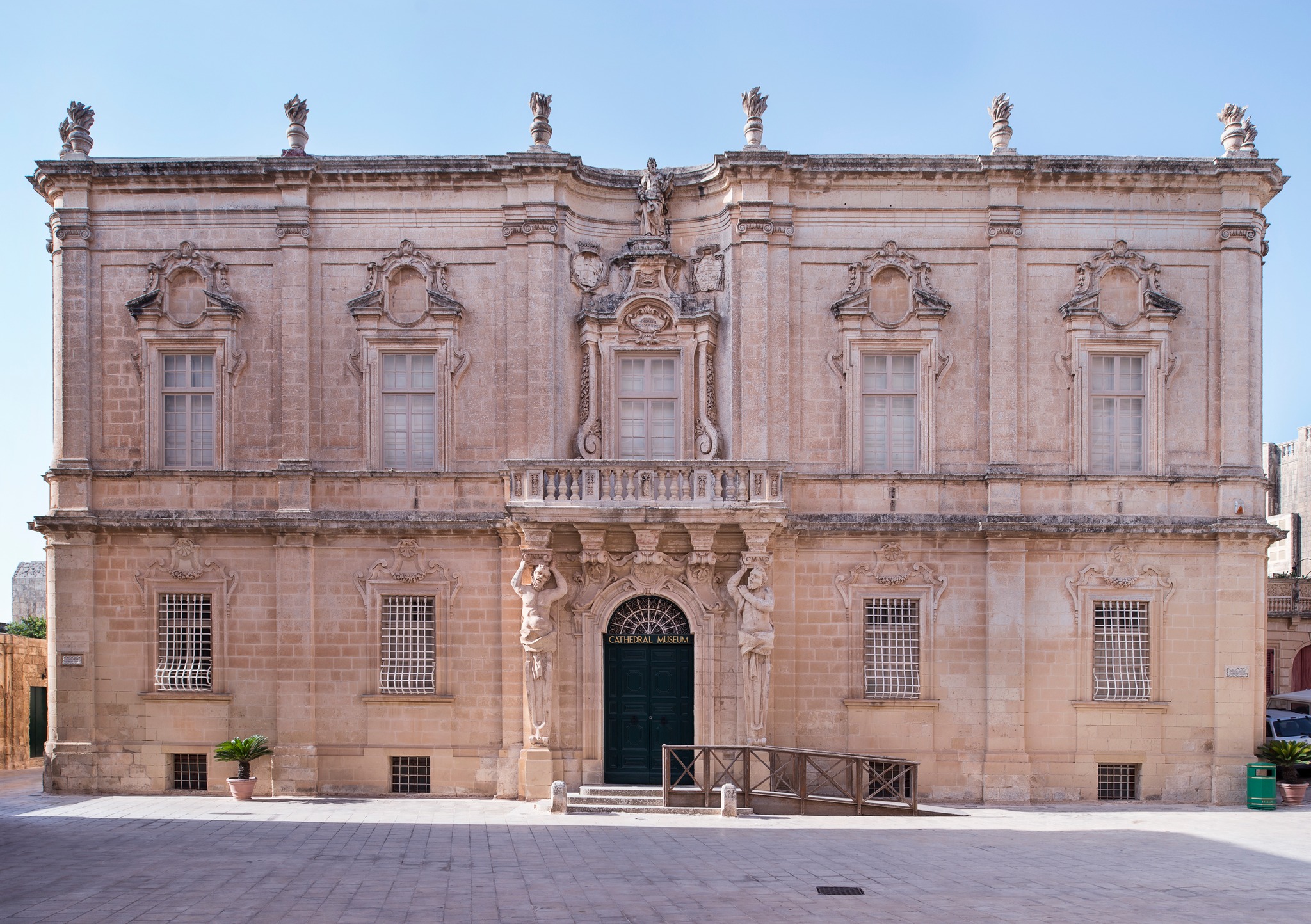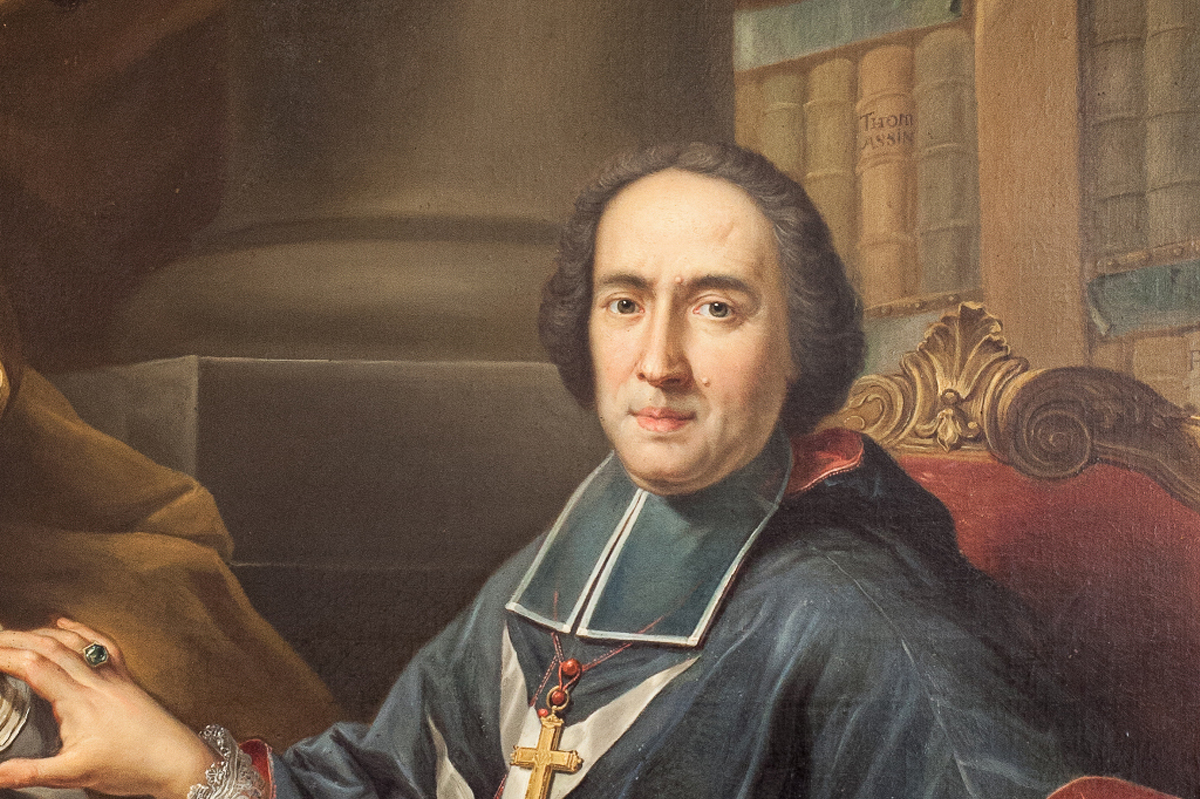Maltese baroque palaces were designed in a recurrent fashion having a central courtyard which allowed the halls and rooms to enjoy fresh air and sunlight throughout the whole year. Purposely-built as a seminary, this majestic edifice included; classrooms, dormitories, an assembly hall, a chapel, stores, a large kitchen as well as a refectory for the students.
The Seminary remained in Mdina till 1858, when Bishop Pace Forno, as part of a radical reform in the Seminary, moved to a better central location, that of Floriana. After the seminary was moved out from Mdina, the building was used for various purposes. During the Crimean War, the British military used the building as their headquarters. During this occupation, the British added most of the upper floor (now in use by the Museum administration) by building two separate wings. The British also added fireplaces to the building, a quintessential addition during the British Victorian period. During the Second World War, the building was used as a boarding school by St. Edward’s College (previously situated in Cottonera), serving all the functions it did when it was a seminary. Later, the building was also used as a retreat house, storage space, as well as an exhibition space. The Cathedral Museum itself was established in 1897. It was Mons. Edward Coleiro who initially proposed the shift of objects from the Cathedral to the Cathedral Museum, with the building itself being signed off to the Cathedral Chapter by Archbishop Gonzi. In 1969, the museum was first opened to the public.


